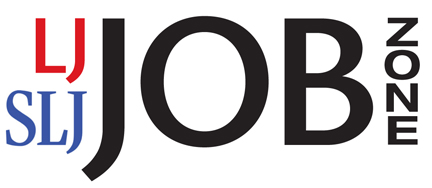New Research Article: “Who’s Downloading Pirated Papers? Everyone”
But in increasing numbers, researchers around the world are turning to Sci-Hub, which hosts 50 million papers and counting. Over the 6 months leading up to March, Sci-Hub served up 28 million documents. More than 2.6 million download requests came from Iran, 3.4 million from India, and 4.4 million from China. The papers cover every scientific topic, from obscure physics experiments published decades ago to the latest breakthroughs in biotechnology. The publisher with the most requested Sci-Hub articles? It is Elsevier by a long shot—Sci-Hub provided half-a-million downloads of Elsevier papers in one recent week.
These statistics are based on extensive server log data supplied by Alexandra Elbakyan, the neuroscientist who created Sci-Hub in 2011 as a 22-year-old graduate student in Kazakhstan. I asked her for the data because, in spite of the flurry of polarized opinion pieces, blog posts, and tweets about Sci-Hub and what effect it has on research and academic publishing, some of the most basic questions remain unanswered: Who are Sci-Hub’s users, where are they, and what are they reading?
[Clip]
The Sci-Hub data provide the first detailed view of what is becoming the world’s de facto open-access research library. Among the revelations that may surprise both fans and foes alike: Sci-Hub users are not limited to the developing world. Some critics of Sci-Hub have complained that many users can access the same papers through their libraries but turn to Sci-Hub instead—for convenience rather than necessity. The data provide some support for that claim. The United States is the fifth largest downloader after Russia, and a quarter of the Sci-Hub requests for papers came from the 34 members of the Organization for Economic Cooperation and Development, the wealthiest nations with, supposedly, the best journal access. In fact, some of the most intense use of Sci-Hub appears to be happening on the campuses of U.S. and European universities.
[Clip]
Even for journals to which the university has access, Sci-Hub is becoming the go-to resource, says Gil Forsyth, another GWU physics Ph.D. student. “If I do a search on Google Scholar and there’s no immediate PDF link, I have to click through to ‘Check Access through GWU’ and then it’s hit or miss,” he says. “If I put [the paper’s title or DOI] into Sci-Hub, it will just work.” He says that Elsevier publishes the journals that he has had the most trouble accessing.
Charts, Graphs, Maps Included the Article
- Sci-Hub Traffic Over Six Months
- Sci-Hub Traffic, Globally
- Top Five Cities Where Most Requests Come From (U.S.)
- Top 10 Most Downloaded Papers on Sci-Hub
- Most Downloaded Publishers
Read the Complete Article, View Charts
See Also: Coverage in The Washington Post
[John] Bohannon [author of the Science article] quoted a George Washington University student saying it was sometimes difficult to access journals his school subscribes to from Google Scholar, a tool viewed as the easiest way to surface relevant papers. But if he puts the paper’s title into Sci-Hub, he said, “It will just work.”
See Also: John Bohannon has written a guest post for the Dryad Digital Repository blog. This is where the dataset he used for the article is available to all.
UPDATE: See Also: Op/Ed by Marcia McNutt, Editor-in-Chief Science Journals
Filed under: Academic Libraries, Companies (Publishers/Vendors), Data Files, Elsevier, Journal Articles, Libraries, Maps, News, Open Access, Patrons and Users, Publishing
About Gary Price
Gary Price (gprice@gmail.com) is a librarian, writer, consultant, and frequent conference speaker based in the Washington D.C. metro area. He earned his MLIS degree from Wayne State University in Detroit. Price has won several awards including the SLA Innovations in Technology Award and Alumnus of the Year from the Wayne St. University Library and Information Science Program. From 2006-2009 he was Director of Online Information Services at Ask.com.


